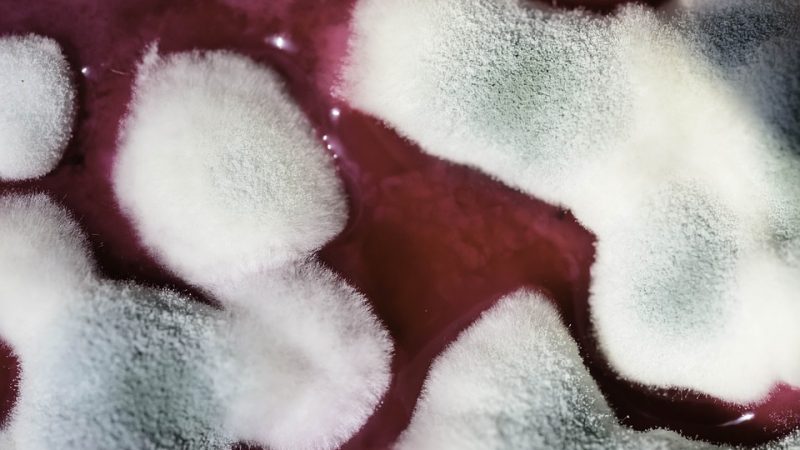The responsible transport gene that allows the production of lemon acid in large quantities was recently discovered. A breakthrough!
Citric acid is – in terms of quantity – the most important microbially produced natural substance in the world with an industrial production capacity of approx. 2 million tons per year. A number of everyday products would be inconceivable without the versatile acid: It is used to acidify and conserve foods such as marmalades and desserts, as well as in cosmetics, cleaning agents, detergents and life-saving medicines. The growing demand for citric acid is causing production volumes to rise by three to four percent a year. A challenge for the industry is to ensure ever higher product yields with consistently high quality.
Hundred years of process understood for the first time
Whereas citric acid was produced from lemons until the beginning of the century, the filamentous fungus Aspergillus niger has now been regarded as an industrial fermentation vehicle for citric acid for more than a hundred years and fulfils this task very efficiently. Nevertheless, research to this day has puzzled about how the process works in molecular biological detail – and how it can be optimized. Together with a research team from acib and BOKU Vienna around Matthias Steiger and Michael Sauer found a new transporter that for the first time revealed to biotechnologists which protein is responsible for the fungus being able to remove citric acid from the cell. This mechanism is the basis for being able to produce citric acid in large quantities. The research results have recently been published in the renowned journal “Metabolic Engineering”.
Production of citric acid in detail
In the biotechnological production of citric acid, so-called ‘submer processes’ are used today. The fungus Aspergillus niger is cultivated in closed bioreactors to produce the substance as requested in a nutrient solution containing sugar. In order to get the fungal cells to produce citric acid in large quantities, or in other words to over-produce it, the acid has to be exported out of the cell. The gene which is responsible for the coding of the newly discovered transport protein has now been found. This protein has the ability to secrete the citric acid produced in the cell via the plasma membrane. When we switched off the gene, we were able to show that production of citric acid stopped and was stimulated when the gene was switched on again. Therefore this transport mechanism is the key building block for understanding the metabolic pathway that takes place in the organism. After further purification processes, the acid is available to industry as a raw material.
Impact and effects
The better understanding of the process means more stability for production conditions and a fivefold production yield compared to production with wild strains, which corresponds to approx. 100 g citric acid per litre. These insights give manufacturing industry a significant edge in the future. By better understanding the individual process steps and process conditions, the researchers hope not only to increase production but also to make it more robust. This, so the prognosis, could set new yardsticks in the quality of products and lead to price advantages for final consumers.
Matthias G. Steiger, Alice Rassinger, Diethard Mattanovich, Michael Sauer, Engineering of the citrate exporter protein enables high citric acid production in Aspergillus niger, Metabolic Engineering, Volume 52, 2019, Pages 224-231, ISSN 1096-7176, https://doi.org/10.1016/j.ymben.2018.12.004.
Picture credits: Pixabay
